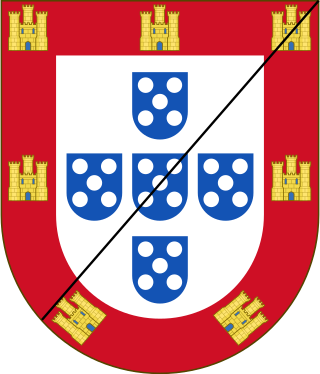
Duke of Aveiro was a Portuguese title of nobility, granted in 1535 by King John III of Portugal to his 4th cousin, John of Lencastre, son of Infante George of Lencastre, a natural son of King John II of Portugal.
Count of Vidigueira was a Portuguese comital title of nobility awarded by King Manuel I of Portugal to Dom Vasco da Gama, who discovered the maritime route from Europe to India. The title was created by a royal decree issued in Évora on 29 December 1519, after an agreement signed in 7 November between Vasco da Gama and Dom Jaime, Duke of Braganza, who ceded him the towns of Vidigueira and Vila de Frades, granting Vasco da Gama and his heirs and successors all the revenues and privileges related.

Francisco de Mascarenhas was the 1st count of Vila da Horta, the 1st count of Santa Cruz and the 13th viceroy of Portuguese controlled India from 1581 until 1584, captain of donatary of the islands of Flores and Corvo.
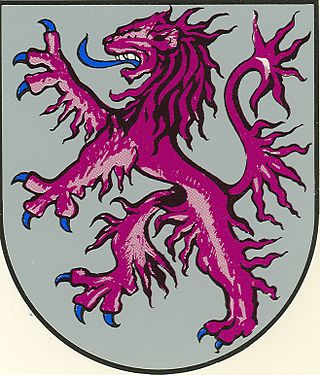
Marquess of Gouveia was a Portuguese title of nobility created by King Philip III of Portugal, also known as Philip IV of Spain, by a royal decree dated from January 20, 1625, granted to Manrique da Silva, who already was 6th Count of Portalegre, second male child of the 4th Counts of Portalegre.

Marquis of Vila Real was a Portuguese title of nobility created by a royal decree, dated from 1 March 1489, by King John II of Portugal, and granted to Dom Pedro de Menezes, also known as Peter II of Menezes, 3rd Count of Vila Real.
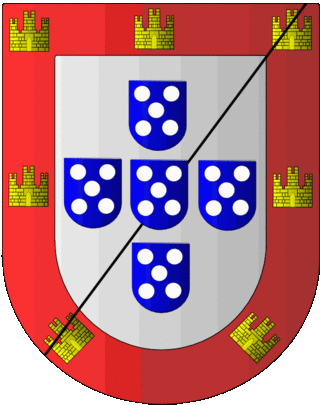
Álvaro of Lencastre (1540–1626) was the son of Afonso of Lencastre, second son of infante George of Lencastre, 2nd Duke of Coimbra.
His full name was Gabriel de Lencastre Ponce de León Manrique de Lara Cádenas Girón y Aragon (1667–1745), known as Dom Gabriel of Lencastre.

Count of Portalegre is a Portuguese title of nobility created by Letters Patent dated 6 February 1498 by King Manuel I of Portugal granted to D. Diogo da Silva.
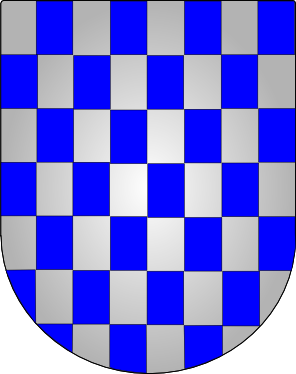
Marquess of Abrantes was a Portuguese title of nobility, granted by a decree issued by King John V of Portugal on 24 June 1718, to Rodrigo Anes de Sá Almeida e Menezes, 3rd Marquess of Fontes and 7th Count of Penaguião.

Count of Atouguia was a Portuguese title of nobility created by a royal decree, dated from 17 December 1448, by King Afonso V of Portugal, and granted to D. Álvaro Gonçalves de Ataíde.
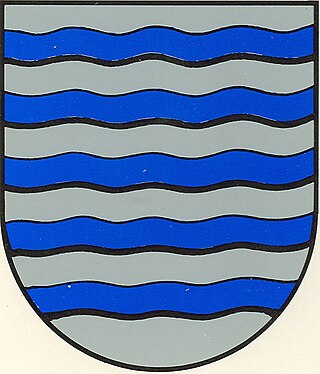
Count of São João da Pesqueira was a Portuguese title of nobility created by a royal decree, dated from 21 March 1611, by King Philip II of Portugal, and granted to Dom Luís Álvares de Távora, Lord of Távora.
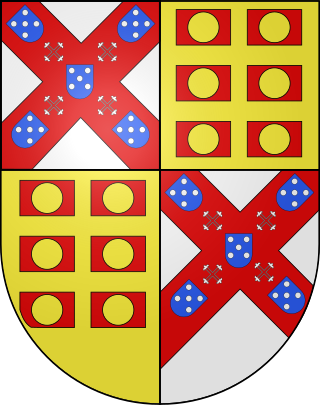
Marquis of Alorna was a Portuguese title of nobility granted, on 9 November 1748, by King John V of Portugal, to D. Pedro Miguel de Almeida Portugal e Vasconcelos, 3rd Count of Assumar and 44th viceroy of India.

Count of Vila Nova de Portimão was a Portuguese title of nobility granted on 28 May 1504, by King Manuel I of Portugal to D. Martinho de Castelo Branco, 2nd Lord of Vila Nova de Portimão.
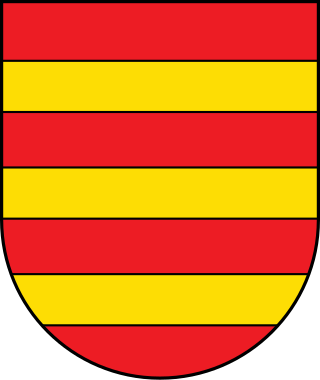
Count of Torre was a Portuguese title of nobility created by a royal decree, dated from July 26, 1638, by King Philip II of Portugal, and granted to Dom Fernando de Mascarenhas, Lord of Rosmaninhal.

D. António de Almeida Soares de Portugal, 1st Count and 1st Marquess of Lavradio, 4th Count of Avintes, Governor General of Angola and Viceroy of Brazil. Born in Lisbon, Portugal on 1 May 1701; died in São Salvador da Bahia, Brazil on 4 July 1760. The first Marquess of Lavradio was a prominent Portuguese statesman and the head of an established noble family.
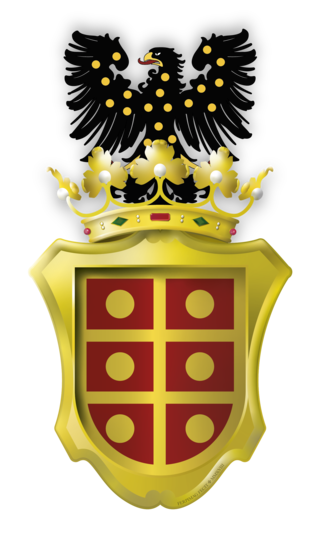
Marquess of Lavradio is a Portuguese title of nobility created by Letters Patent of King José I of Portugal on 18 October 1753 for D. António de Almeida Soares de Portugal, 1st Count of Lavradio and 4th Count of Avintes.

D. Luís de Almeida Portugal Soares de Alarcão d'Eça e Melo Silva e Mascarenhas, 5th Count of Avintes and 2nd Marquis of Lavradio was the 11th Viceroy of Brazil, the second one that ruled the colony after the seat of government was moved from Salvador to Rio de Janeiro. He was the son and heir of the 1st Marquis of the same title, D. António de Almeida Soares e Portugal and his wife, D. Francisca das Chagas Mascarenhas, sister of the 8th Duke of Aveiro. During the 1762 Spanish invasion of Portugal, he commanded the 1st Cascais Infantry Regiment as its Colonel.
The Captaincies of the Azores were the socio-political and administrative territorial divisions used to settle and govern the overseas lands of the Azores by the Kingdom of Portugal. These territories, a segment of the Captaincies of the Portuguese Empire, which usually conformed to the individual islands, allowing the stewardship of the King through the Donatary and Captaincy system.
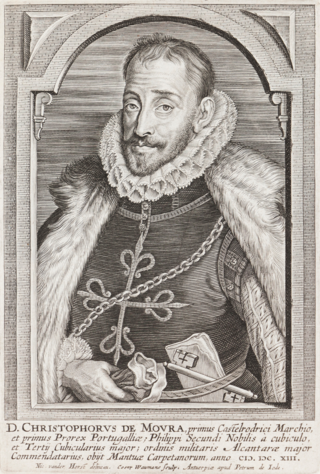
D. Cristóvão de Moura e Távora was a Portuguese nobleman who led the Spanish party during the Portuguese succession crisis of 1580.

Count of Avintes is a Portuguese title of nobility created by Letters Patent of King Afonso VI of Portugal on 17 February 1664 for D. Luis de Almeida, 5th Lord of Avintes. The title was conferred in perpetuity upon the 4th Count by King José I of Portugal in the same document by which he was elevated to the Marquessate of Lavradio, later confirmed by Letters Patent dated 29 August 1766.